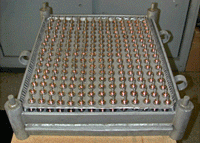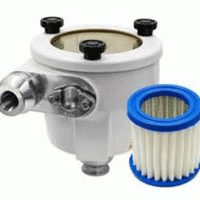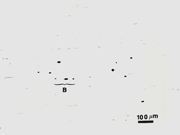Once a good fixture design has been developed, careful consideration should next be given to the loading of the workpieces.
Heating in a vacuum depends mostly on the transfer of energy through radiation from the elements to the load. For uniform heating and cooling, it is important that the workpieces are not shielded by one another. Pieces within the load should be evenly spaced to ensure even exposure to radiation. The size, shape and high-temperature strength of the workpiece should also be considered during loading. Alloys with complex shapes and relatively low strength at heat treating temperatures may distort during processing. In some cases, it may be necessary to support these components with specially designed fixtures. BY JEFF PRITCHARD



 Over the years, ASTM Committee E-4 on Metallography has conducted interlaboratory test programs to evaluate the precision and bias associated with measurements of microstructure using proposed and existing test methods. ASTM decided in the late 1970s that all test methods that generated numerical data must have a precision and bias section defining the repeatability and reproducibility of the method. Defining bias associated with a test method is difficult unless there is an absolute known value for the quantity being measured and this is not possible when microstructural features are being measured. This paper shows the results for an interlaboratory test using Method A, “worst field” ratings of inclusions in steels by ASTM E-45. The results from 9 people who were reported to be qualified, regular users of the method revealed consistent problems of misclassification of inclusions types and a wide range of severity ratings for each specimen.
Over the years, ASTM Committee E-4 on Metallography has conducted interlaboratory test programs to evaluate the precision and bias associated with measurements of microstructure using proposed and existing test methods. ASTM decided in the late 1970s that all test methods that generated numerical data must have a precision and bias section defining the repeatability and reproducibility of the method. Defining bias associated with a test method is difficult unless there is an absolute known value for the quantity being measured and this is not possible when microstructural features are being measured. This paper shows the results for an interlaboratory test using Method A, “worst field” ratings of inclusions in steels by ASTM E-45. The results from 9 people who were reported to be qualified, regular users of the method revealed consistent problems of misclassification of inclusions types and a wide range of severity ratings for each specimen.